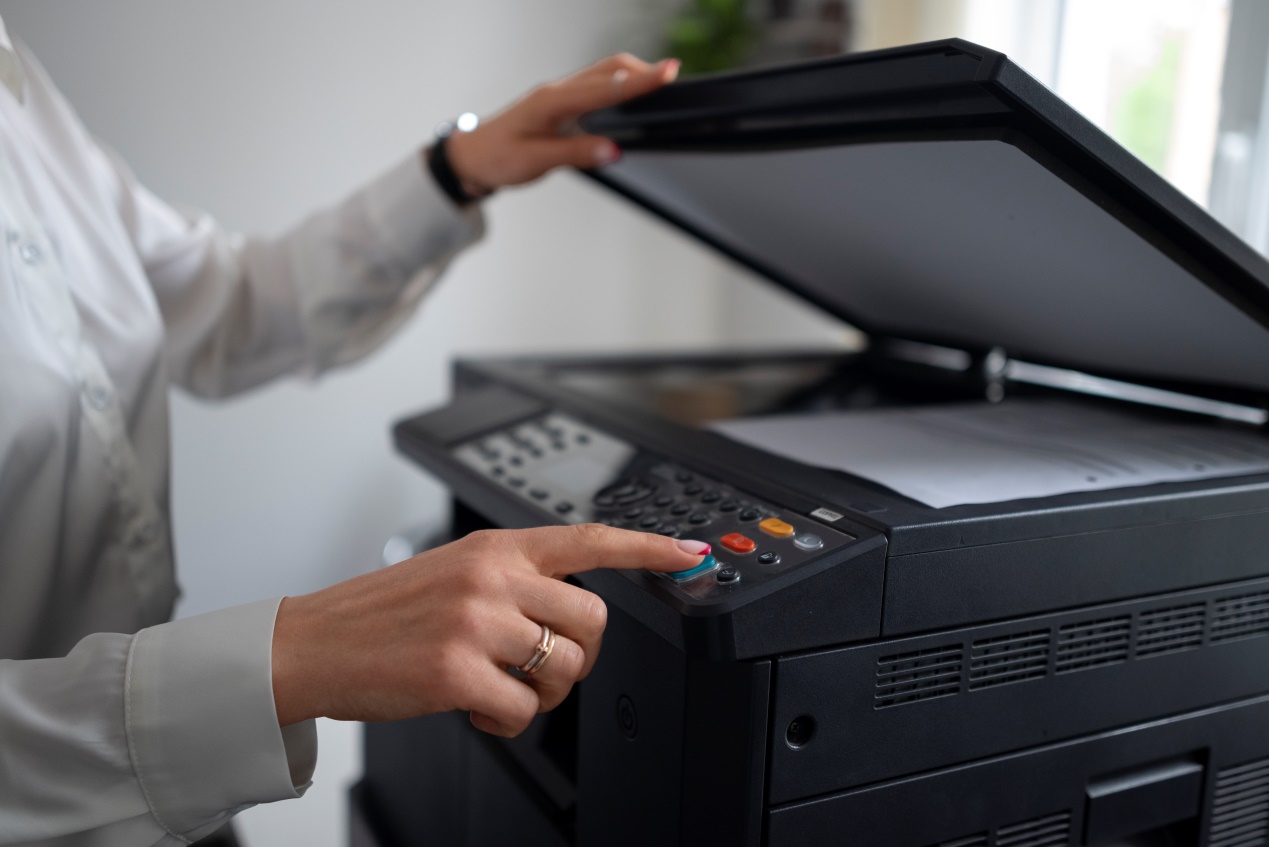With the surge of tech advancements, printer security is becoming a focal point for businesses everywhere. At Boomerang TCR Qld, we’re committed to guiding our clients through the maze of securing their printing environments. Here’s a comprehensive guide on best practices to ensure your printer remains a helper and not a hindrance.
- 1. Update Firmware Regularly
- 2. Change Default Passwords
- 3. Enable Network Encryption
- 4. Limit Printer Access
- 5. Monitor Print Logs
- 6. Disable Unnecessary Services
- 7. Use Secure Printing Features
- 8. Regularly Review Printer Settings
- 9. Creating a Secure Printing Environment
- 10. Training and Awareness
- 11. Document Management
- 12. Secure Mobile Printing
- 13. Regular Security Audits
- 14. Secure Disposal of Unused Devices
- 15. Multi-factor Authentication
- 16. Understanding The Essence of Team Effort
- 17. It's All About Location
- 18. Seal Your Messages in a Virtual Envelope
- 19. Having a Plan B
- 20. Staying on the Right Side of the Law
- Conclusion
- Frequently Asked Questions
1. Update Firmware Regularly
Printers, like all tech devices, receive firmware updates from manufacturers. These often contain crucial security patches. Always ensure your printer’s firmware is up-to-date. Check out the Australian Cyber Security Centre for guidelines on firmware updates.
2. Change Default Passwords
Many printers come with default passwords, which can easily be accessed by cyber attackers. Changing this immediately after purchase is essential. Here’s a guide from the Digital Transformation Agency on strong password practices.
3. Enable Network Encryption
Data transmitted over a network to a printer should be encrypted. This prevents unauthorized access to the data as it travels between devices.
4. Limit Printer Access
Not every staff member needs access to all printer functions. Assign roles based on necessity. This limits the potential for internal breaches.
5. Monitor Print Logs
Keeping an eye on your printer logs can help you identify suspicious activity. If you notice unfamiliar devices or excessive printing tasks, it might be a sign of a breach.
6. Disable Unnecessary Services
Some printers features like cloud printing might not be needed in every office. Disabling these reduces potential vulnerabilities.
7. Use Secure Printing Features
For sensitive documents, using secure print options ensures that the document is only released when a PIN or ID is presented.
8. Regularly Review Printer Settings
Routine checks ensure no unauthorized changes have been made. Consult the Office of the Australian Information Commissioner for recommendations on securing personal data.
9. Creating a Secure Printing Environment
Setting up a secure printing environment is not just a one-time activity; it is a continuous process that involves regular monitoring and updates. A robust printer security system can prevent unauthorized access, protect sensitive information, and ensure smooth business operations.
10. Training and Awareness
The first line of defense against cyber threats is awareness. Conduct regular training sessions to educate employees about the importance of printer security. Foster a culture where employees are encouraged to report any suspicious activity without hesitation.
11. Document Management
Implement a document management system that restricts access to sensitive information to authorized personnel only. It helps in tracking the document flow and can prevent potential data leaks. Visit the Australian Government’s advice on Document Management for detailed guidance.
12. Secure Mobile Printing
In the era of BYOD (Bring Your Own Device), securing mobile printing is crucial. Ensure that your printing environment supports secure mobile printing, where documents are encrypted when sent from mobile devices.
13. Regular Security Audits
Regular security audits help in identifying vulnerabilities before they can be exploited. Consider scheduling security audits periodically, including vulnerability assessments and penetration testing.
14. Secure Disposal of Unused Devices
When printers are disposed of without properly erasing stored data, it can become a goldmine for hackers. Adhere to proper disposal practices for unused devices to prevent data breaches. You can find guidelines on secure disposal at the Australian Government’s Department of Industry, Science, Energy and Resources.
15. Multi-factor Authentication
Implement multi-factor authentication to enhance the security level of your printing environment. It requires users to authenticate using more than one method before granting access, thus adding an additional layer of security.
16. Understanding The Essence of Team Effort
In the grand scheme of things, it’s often a collective effort that builds a fortress of security. The beauty lies in pooling resources and knowledge, both within and beyond your organizational boundaries. Keeping an ear to the ground through forums like the Australian Cyber Security Centre helps you stay abreast of the latest trends and threat alerts in the cyber world.
17. It’s All About Location
Physical security is a big deal. You know, we tend to overlook the simple fact that a secure location can sometimes be a game-changer. Placing printers in areas that are out of reach for unauthorized personnel can nip many security issues in the bud. Get inspired by reading some of our top-notch suggestions on placing your assets safely.
18. Seal Your Messages in a Virtual Envelope
Imagine sending a letter that can only be opened by the person it’s intended for; that’s what secure communication channels are all about. Creating a safe pathway for your sensitive data, where the information shares whispered secrets only with those who are supposed to hear them.
19. Having a Plan B
Life throws curveballs, and having a backup is nothing short of a blessing. We’re talking about a sturdy backup and recovery plan that acts like a safety net, catching you when things go south. Dive deep into the nuances of crafting a resilient strategy with the guidelines available at the Australian Government’s Business webpage.
20. Staying on the Right Side of the Law
Legal compliance isn’t just a mandate; it’s a commitment to safeguarding your client’s trust and your reputation. Walking hand in hand with the regulations outlined by the Office of the Australian Information Commissioner ensures a smooth journey in the business landscape.
Conclusion
Printer security is as essential as any other tech security in today’s digital era. It’s crucial to keep updated on best practices and regularly review your printer’s settings. For a tailored approach to your business’ printer security, get in touch with our agency, Boomerang TCR Qld.
Frequently Asked Questions
What is printer security?
Printer security refers to measures taken to protect printers from unauthorized access and breaches.
Why should I be concerned about printer security?
Just like computers, printers can be hacked, leading to data breaches.
How often should I update my printer’s firmware?
As often as updates are available. Regularly check the manufacturer’s website or sign up for notifications.
Is network encryption really necessary?
It ensures the data sent to your printer remains confidential.
What are the benefits of secure printing features?
They ensure sensitive documents are only accessible to authorized personnel.
How do I monitor printer logs?
Most modern printers allow users to view logs through the device’s interface or associated software.
Can I disable cloud printing?
Yes. If your business doesn’t require this feature, it’s advisable to disable it.
What should I do if I suspect a breach in my printer?
Immediately disconnect it from the network and consult a security professional.

